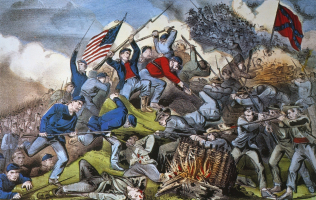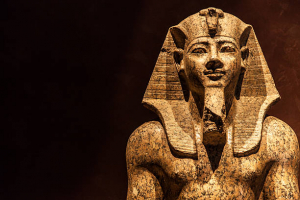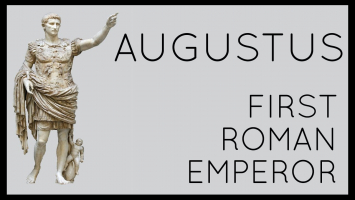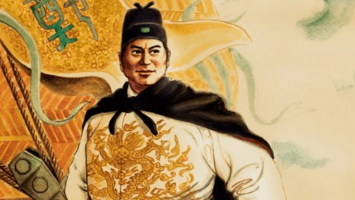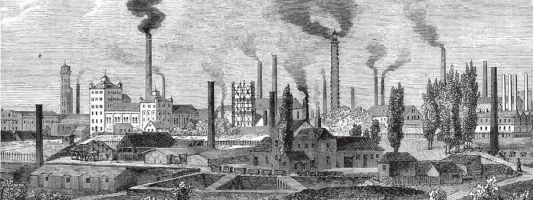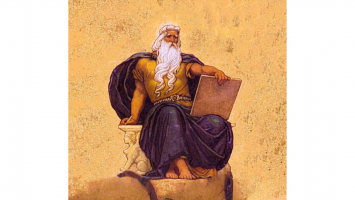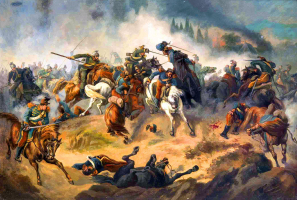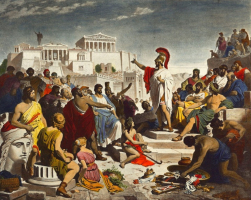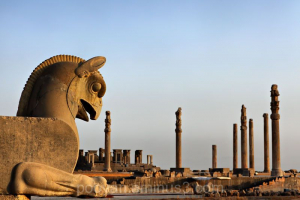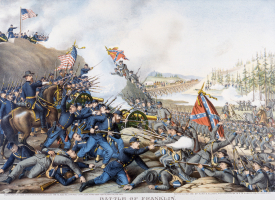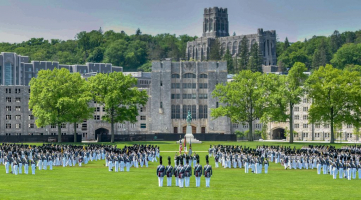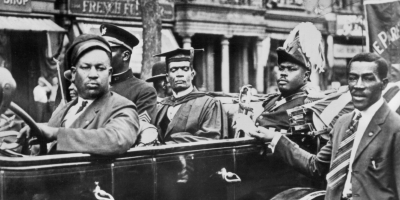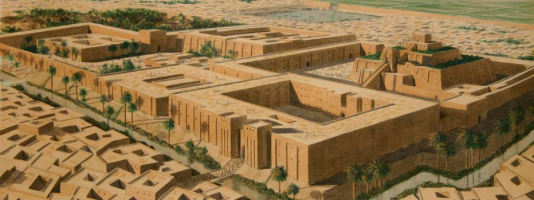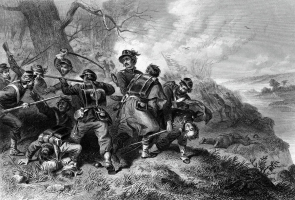Top 6 Facts About The Continental Army
The Continental Army was the army of the Thirteen Colonies and the United States during the Revolutionary War. It was constituted by a resolution of Congress ... read more...on June 14, 1775, following the formation of the Second Continental Congress following the commencement of the American Revolutionary War. The Continental Army was formed to coordinate the military activities of the Colonies in their battle for independence against the British, who wished to maintain control over their American holdings. Here are the 6 facts about the Continental Army you should know.
-
One of the facts about the Continental Army is that on June 14, 1775, Congress passed a resolution creating the Continental Army. The Continental Army was made up of soldiers from all 13 colonies and, later, all 13 states. When the American Revolutionary War began (on April 19, 1775, with the Battles of Lexington and Concord), the colonial revolutionaries lacked a standing army. Previously, each colony relied on the militia (part-time citizen-soldiers) for local defense or the mobilization of temporary provincial forces during emergencies such as the French and Indian War of 1754-63. As tensions with the United Kingdom grew in the years preceding the war, colonists sought to rebuild their militias in preparation for the looming fight. Militia training grew following the enactment of the Intolerable Acts in 1774. The formation of a national militia force was proposed by colonists such as Richard Henry Lee, but the First Continental Congress rejected the proposal.
The Massachusetts Provincial Congress authorized the formation of a colonial army of 26 company regiments on April 23, 1775. New Hampshire, Rhode Island, and Connecticut quickly responded with comparable but smaller forces. On June 14, 1775, the Second Continental Congress agreed to proceed with the formation of a Continental Army for the common defense, utilizing the forces already in situ outside of Boston (22,000 troops) and New York (5,000).
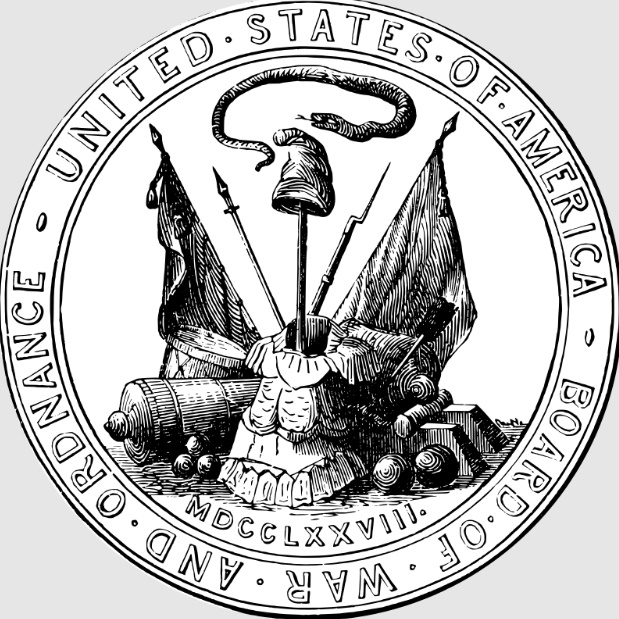
Seal of the Board of War and Ordnance -en.wikipedia.org 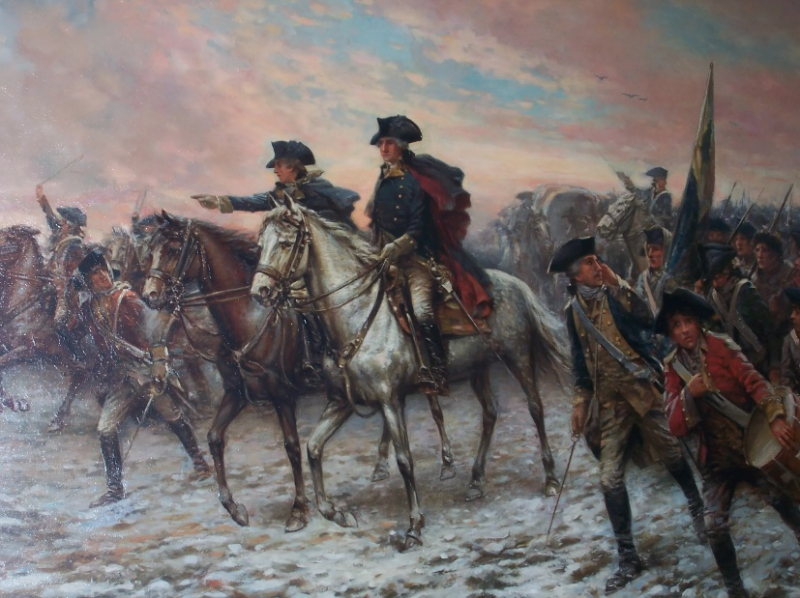
revolutionarywarjournal.com -
Another fact is that George Washington was appointed to command the Continental Army on June 14. On June 15, 1775, Congress unanimously chose George Washington as Commander-in-Chief, who accepted and served throughout the war without pay other than payment for costs. The task he took on was enormous, balancing regional demands, competition among his subordinates, morale among the rank and file, congressional attempts to micromanage the army's affairs, requests for assistance from state governors, and an endless need for resources to feed, clothe, equip, arm, and move the troops. He was rarely in command of the numerous state militia formations.
Four major generals (Artemas Ward, Charles Lee, Philip Schuyler, and Israel Putnam) and eight brigadier-generals aided Washington as commanders-in-chief (Seth Pomeroy, Richard Montgomery, David Wooster, William Heath, Joseph Spencer, John Thomas, John Sullivan, and Nathanael Greene). As the Continental Congress assumed the obligations and posture of a legislature for a sovereign state, the function of the Continental Army came under scrutiny. Some Americans were opposed to keeping a standing army; but, the demands of the struggle against the British necessitated the discipline and structure of a modern force. As a result, the army went through numerous distinct phases that were marked by formal dissolution and unit rearrangement.
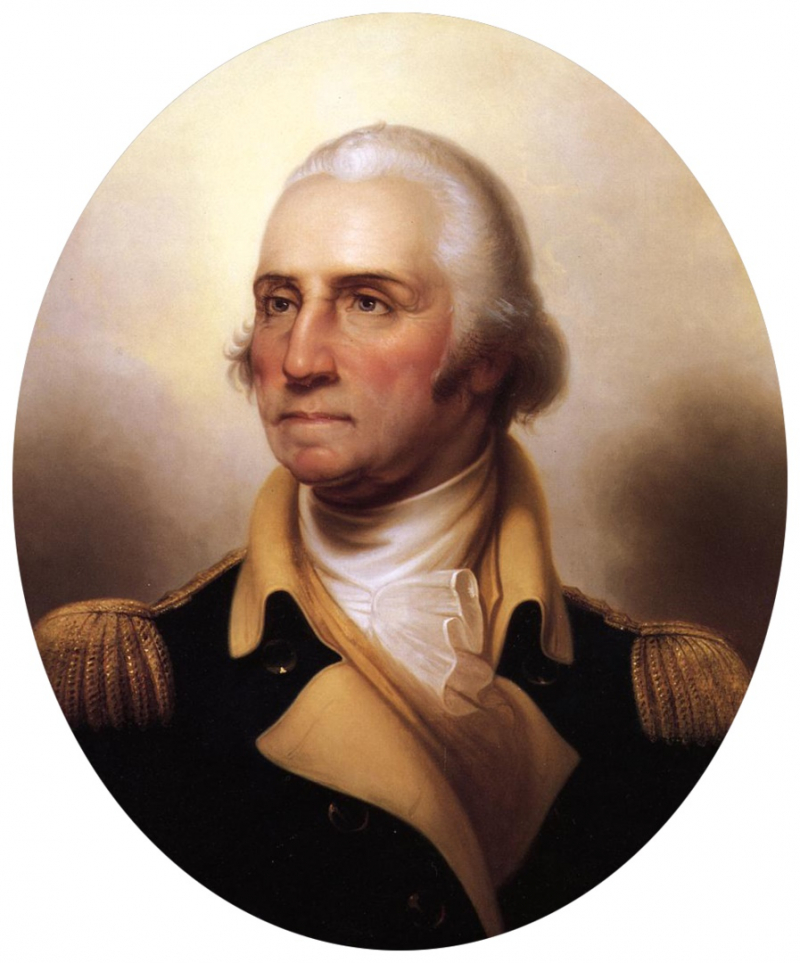
commons.wikimedia.org 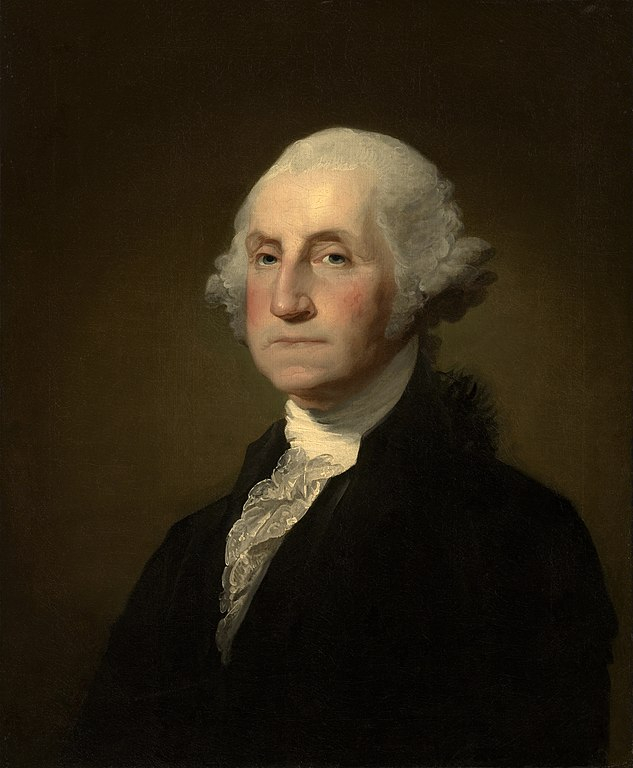
upload.wikimedia.org -
Soldiers were untrained and lacked standards, equipment, and discipline when the Continental Army was formed. They lacked the discipline that one would expect from an army. The tally of how many soldiers George Washington had was delayed by a little more than a week when they first assembled. Instead of blindly obeying their commanders and officers, each unit was a community that had democratically elected its leaders. The troops, which came from many states, were dispersed in number. States were given financial responsibility for providing salary, food, lodging, clothes, weaponry, and other equipment to specified units as part of the formation of these units. States varied in their ability to meet these duties. As the battle progressed, there were ongoing financing and morale challenges. As a result, the army offered minimal pay, frequently bad food, hard work, cold, heat, inadequate clothing and shelter, severe discipline, and a high danger of being killed.
Keeping the Continentals clothed was a challenging task, and Washington assigned it to James Mease, a Philadelphia merchant. Mease worked closely with state-appointed agents to acquire apparel and materials such as cow hides for the production of clothing and shoes for soldiers. Mease eventually resigned in 1777, having jeopardized much of the Clothing Department's organization. Following this, according to many sources, the soldiers of the Continental Army were frequently ill-equipped, lacked blankets, and frequently lacked shoes. Clothing and shoe shortages for soldiers were frequently the result of poor organization and a lack of transportation. The Board of War was created to reform the clothes supply chain. During this time, they sought the assistance of France, and throughout the remainder of the war, clothing was procured from overseas sources.
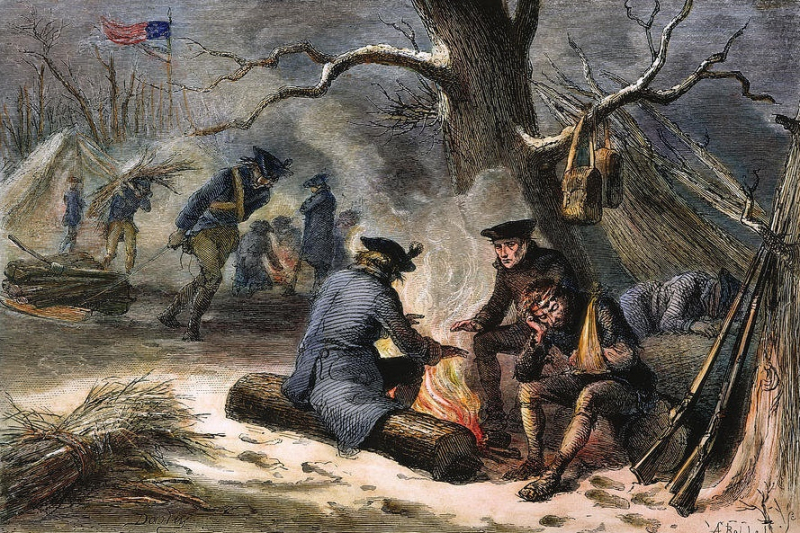
premierrelics.com 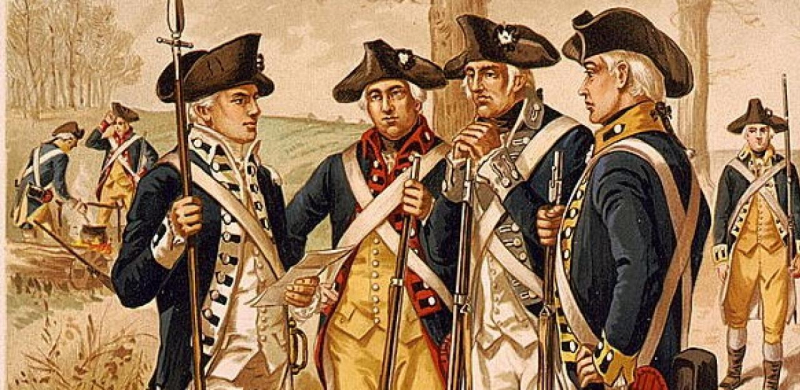
Soldiers -en.wikipedia.org -
One of the facts about the Continental Army is that the Treaty of Paris disbanded the majority of the Continental Army in 1783. At the behest of a congressional committee commanded by Alexander Hamilton, planning for the transition to a peacetime force began in April 1783. The commander-in-chief met with important officers to address the issue before submitting the army's formal position on May 2. Washington anticipated the militia to serve largely as security for the country at the start of a war until the regular army could expand, as it had done in 1775 and 1776. Steuben and Duportail proposed their own legislation to Congress for consideration.
Although Congress did not decide on the peacekeeping establishment on May 12, it did address the need for some troops to remain on duty until the British withdrew New York City and some border posts. When Steuben's attempt in July to arrange a handover of frontier forts with Major General Frederick Haldimand failed, the British retained possession of them until the 1790s. Because of this failure, as well as the understanding that the majority of the surviving infantrymen's enlistments were set to expire by June 1784, Washington directed Knox, his pick as commander of the peacetime army, to discharge all but 500 infantry and 100 artillerymen before winter set in.
On October 18, 1783, Congress issued a proclamation approving Washington's reductions. On November 2, Washington addressed his Farewell Orders issued to the Armies of the United States of America to the Philadelphia newspapers from Rockingham, near Rocky Hill, New Jersey. On December 4, Washington bid his final farewell to his remaining officers at New York's Fraunces Tavern. On December 23, he returned his commission as commander-in-chief to Congress. On January 14, 1784, Congress declared the War of American Independence over by ratifying the ultimate peace treaty agreed upon in Paris on September 3.
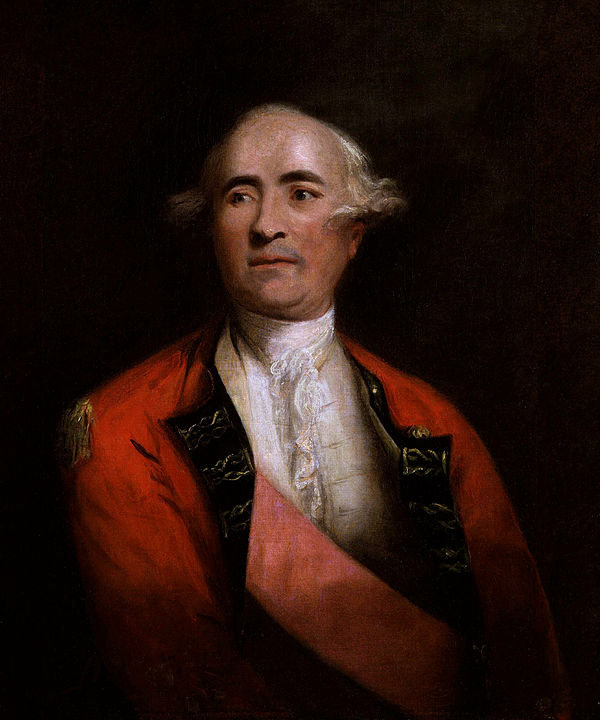
Frederick Haldimand -en.wikipedia.org 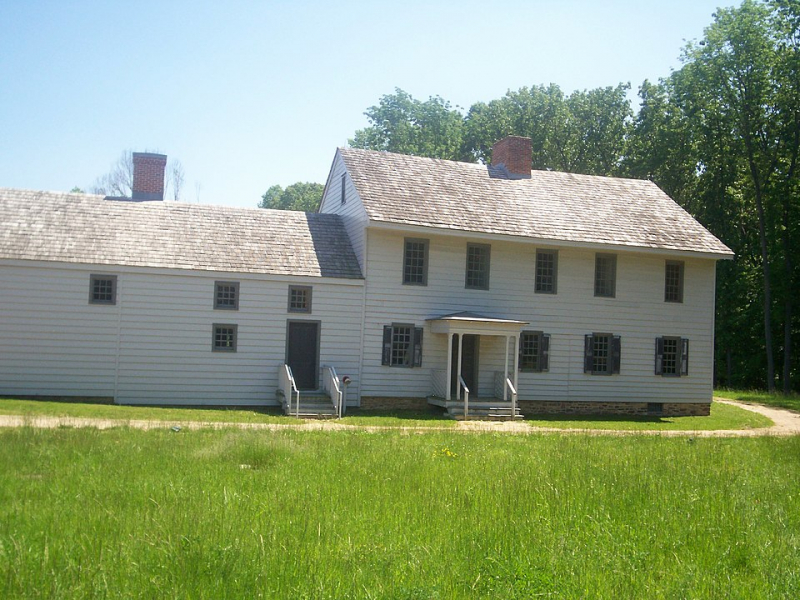
Rockingham -en.wikipedia.org -
It is a fact that the Continental Army became the foundation of the United States Army. Pittsburgh, Pennsylvania, was where the legion was formed and raised. It was divided into four sections. These were formed from elements of the Continental Army's 1st and 2nd Regiments. These units were later designated as the First and Second Sub-Legions. Further recruits were used to form the Third and Fourth Sub-Legions. The Legion was cantoned at Fort LaFayette in Pittsburgh from June to November 1792. During the winter of 1792-1793, existing troops and new recruits were trained in military skills, tactics, and discipline at Legionville, which was located on the banks of the Ohio River near present-day Baden, Pennsylvania.
The newly renamed Legion of the United States left Legionville the next spring for the Northwest Indian War, a conflict between American Indian tribes connected with the Western Confederacy in the area south of the Ohio River. The enormously successful campaign ended on August 20, 1794, with the decisive victory at Fallen Timbers, where Maj. Gen. Anthony Wayne used the wilderness operations skills acquired by Sullivan's 1779 mission against the Iroquois. The training that the troops got in Legionville was also credited with their overwhelming triumph. Following the disbandment of the United States Legion, the United States Army was formed in 1796.
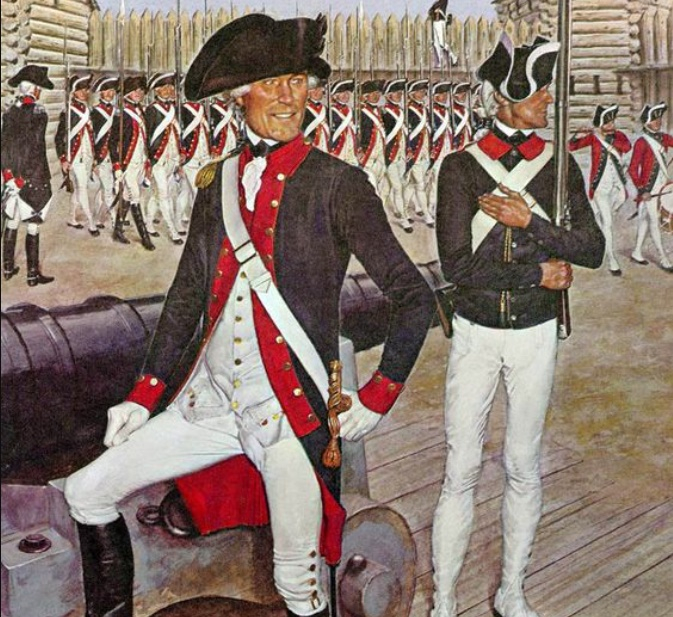
1st Regiments -en.wikipedia.org 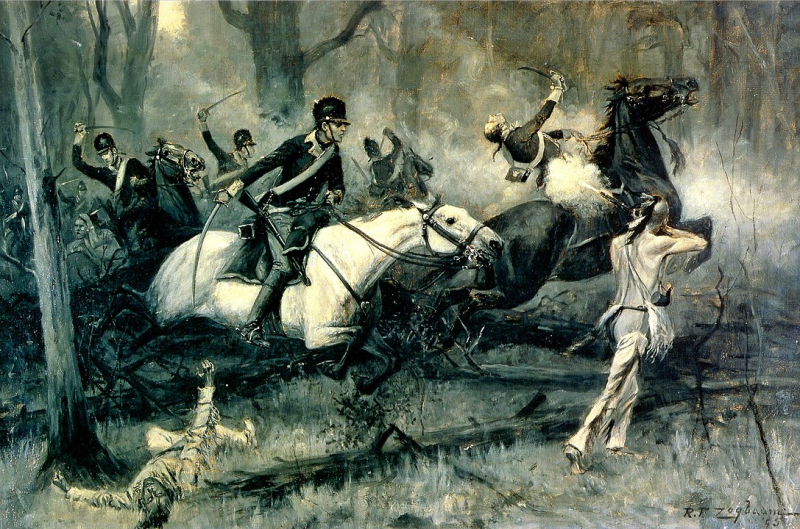
Battle of Fallen Timbers -en.wikipedia.org -
One of the facts about the Continental Army is that there are four major victories of the Continental Army. Between 1775 and 1783, the Continental Army engaged in several skirmishes and minor engagements, as well as over a dozen significant full-fledged set-piece battles against British and Hessian forces. From South Carolina to upstate New York, the nascent army won slightly more than half of the fights. Saratoga, Trenton, Cowpens, and Yorktown were all significant triumphs.
The Combat of Trenton was a small but crucial American Revolutionary War battle that took place in Trenton, New Jersey, on December 26, 1776. After a quick battle, over two-thirds of the Hessian force was captured, with the Americans suffering only minor casualties. The battle boosted the Continental Army's dwindling morale and prompted re-enlistment. The Battles of Saratoga (September 19 and October 7, 1777) were the pinnacle of the Saratoga campaign, handing the Americans a decisive victory over the British in the American Revolutionary War.
The Battle of Cowpens was fought on January 17, 1781, near the town of Cowpens, South Carolina, between U.S. forces led by Brigadier General Daniel Morgan and British forces led by Lieutenant Colonel Banastre Tarleton as part of a campaign in the Carolinas (North and South). The battle marked a watershed moment in the American retake of South Carolina from the British. The Siege of Yorktown, also known as the Battle of Yorktown, the surrender at Yorktown, or the German battle (due to the presence of Germans in all three armies), began on September 28, 1781, and ended on October 19, 1781, at Yorktown, Virginia, was a decisive victory by a combined force of American Continental Army troops led by General George Washington and Gilbert du Motier, Marquis de Lafayette, and French Army troops led by Comte de Rochambeau. The siege of Yorktown proved to be the last major land combat of the American Revolutionary War in North America since Cornwallis' capitulation and capture of both him and his army pushed the British government to put an end to the conflict.
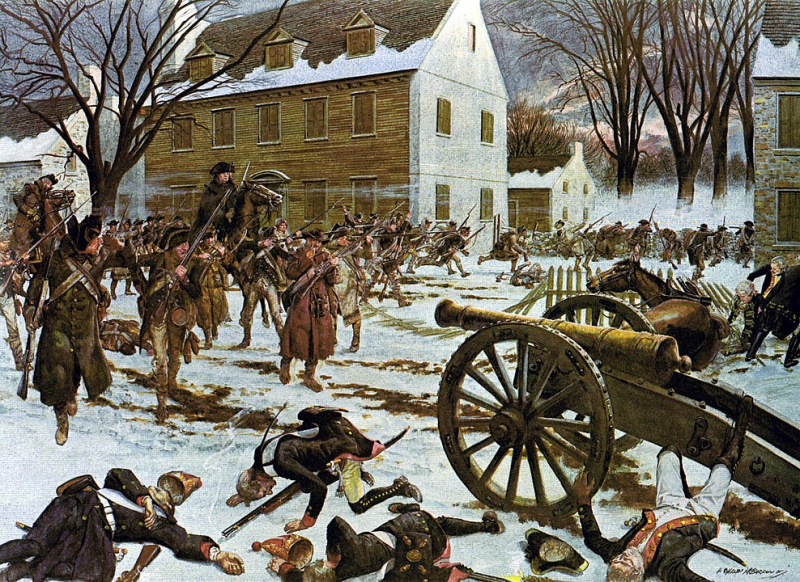
The Battle of Trenton -en.wikipedia.org 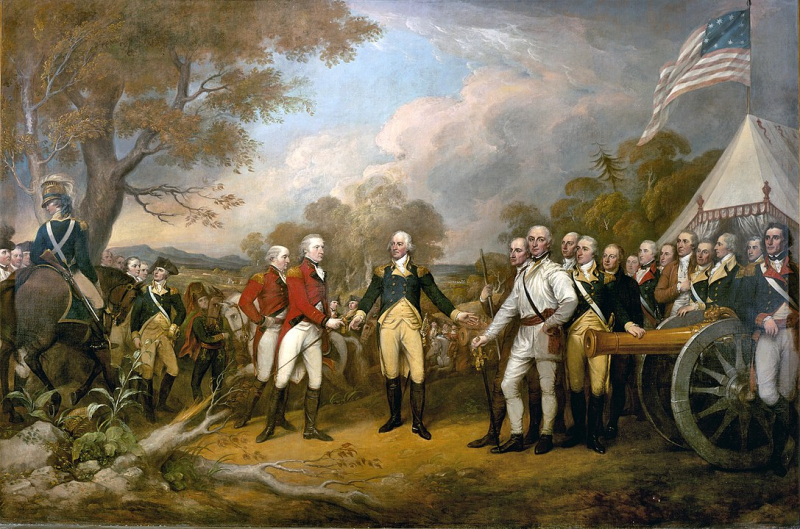
The Battles of Saratoga -en.wikipedia.org








